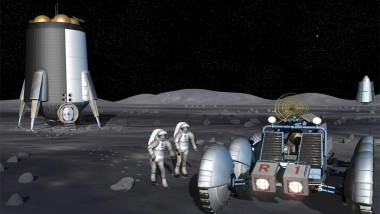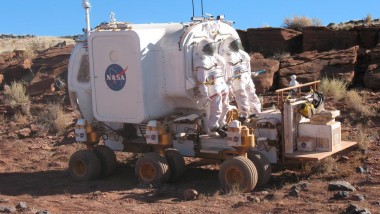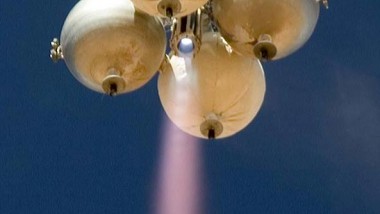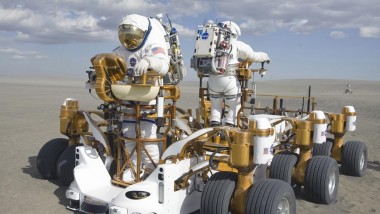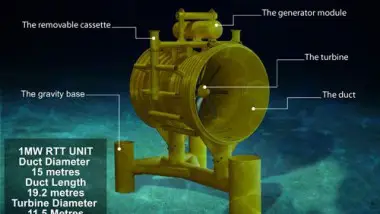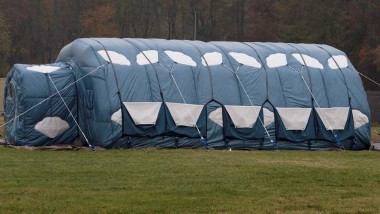Scientists at Brown University in Providence, Rhode Island, have discovered a new type of moon rock thanks to the Moon Mineralogy Mapper instrument aboard the Indian Space Agency’s Chandrayaan-1 spacecraft. The imaging spectrometer took the first high resolution pictures of ...
Waterless Concrete for the Moon
Dr. Houssam Toutanji, a professor at the University of Alabama in Huntsville, has recently published an article which deals with a concept of creating concrete structures on the lunar surface without the use of water. Since regular concrete requires water, ...
NASA Tests Rover Concepts in Arizona
NASA’s recent tests of the lunar rover have taken the vehicle to its limits. Since the moon has such a harsh environment, NASA is taking all the measures possible to make sure the new rover will be prepared, such as ...
Armadillo Team Wins NASA’s Lunar Lander Challenge
The “Armadillo Aerospace” team was declared the winner of Level One of the 2008 Northrop Grumman Lunar Lander Challenge, which took place at Las Cruces International Airport in New Mexico last Saturday. The winning team was led by non other ...
Moon GPS System
Ron Li from Ohio State University has developed navigation software for the Mars rovers Spirit and Opportunity. The navigation system, which could also help future astronauts find their way around the Moon, is not based on satellites; instead, the system ...
NASA Crew Mobility Chassis
NASA has recently experimented with a new concept for a lunar truck, called the Crew Mobility Chassis. The main feature of the new vehicle is its high mobility resulting from the use of six sets of dual wheels. This arrangement ...
World’s Largest Tidal Power to be Built in Korea
The U.K. Company Lunar Energy and the Korean firm Midland Power have agreed to build a giant 300 turbine power plant in the Wando Hoenggan Water Way, off the South Korean coast. The plant is expected to provide 300 megawatts ...
NASA to Test Lunar Habitat
NASA and the National Science Foundation (NSF) are about to test an inflatable habitat in Antarctica starting January 2008. Its new architecture is supposedly strong enough to withstand the conditions on the moon; to test that, Antarctica’s frigid, harsh, isolated ...


